Grigory Sokolnikov
In order to understand the important role played by Grigory Sokolnikov in pulling the Bolshevik system out of the monetary chaos, which the revolutionaries led almost immediately after taking power, several facts must be taken into account:
- The funding of the Russian army during the First World War resulted in significant inflation,
- After the February Revolution in 1917, the revolutionary authorities introduced new money of their own: dumkas and kierenkys, which led to the destabilisation of money, a decline in confidence in it and accelerated inflation colossally,
- The Provisional Government printed 17 billion pre-revolutionary roubles at an express pace to rescue the collapse of the market,
- In various parts of farer Russia, independent local money has emerged.
The Bolshevik putsch led to such monetary anarchy and hyperinflation that moonshine became real money.
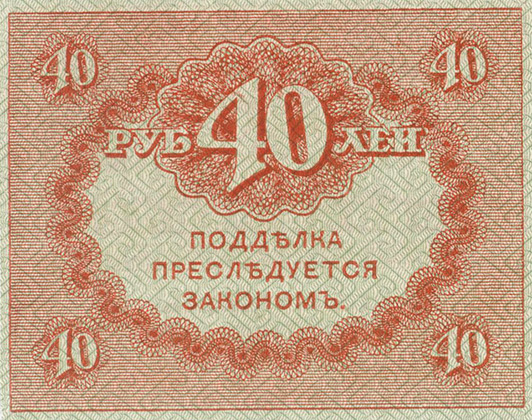
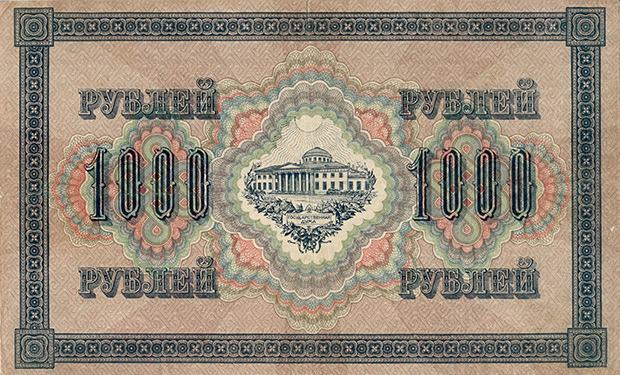
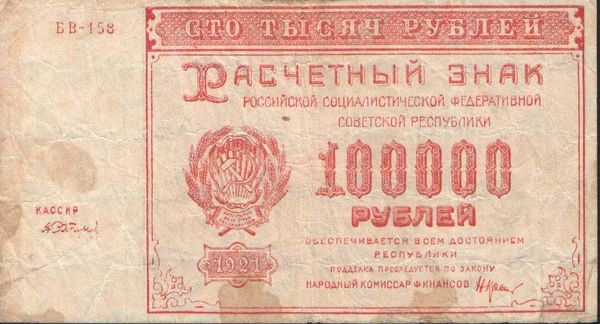
The Bolsheviks proclaimed the slogan "Down with money" - this relic of capitalism was to be completely unnecessary in an economy of prosperity and equality. However, financing the revolution without money proved impossible. The Bolsheviks therefore started to print new money, called sovznak (Soviet money). They printed it at a frenzied pace, not bothering about any safeguards since, after victory anyway, the money would become redundant. The other side of the civil war, not recognising such currency, continued to print their dumkas and kierenki. However, the population did not trust the sovak, so the Bolsheviks changed their minds and started printing dumkas and kierenki themselves. The pre-revolutionary roubles (romanovki) were still being traded on the markets, and many further regions of Russia began issuing their own currency altogether. After 4 years of such a monetary economy, prices had risen 900%, there were billions of counterfeit banknotes on the market, and 1 pre-war rouble cost 20 million sovznaks.
But Russia needed a real, stable currency if it was ever to trade on world markets.
The reconstruction of the economy starting from the creation of a stable currency was advocated, among others, by Girsz Yankelevich Brillant, known under his party pseudonym as Grigory Yakovlevich Sokolnikov. He was an idealistic Bolshevik, an intellectual who prepared the Moscow December Uprising of 1905 (for which he was convicted). He was the son of a doctor, an economist, and studied at the Sorbonne in Paris. When he returned to Russia, Lenin put him in charge of the Commissariat of Finance.
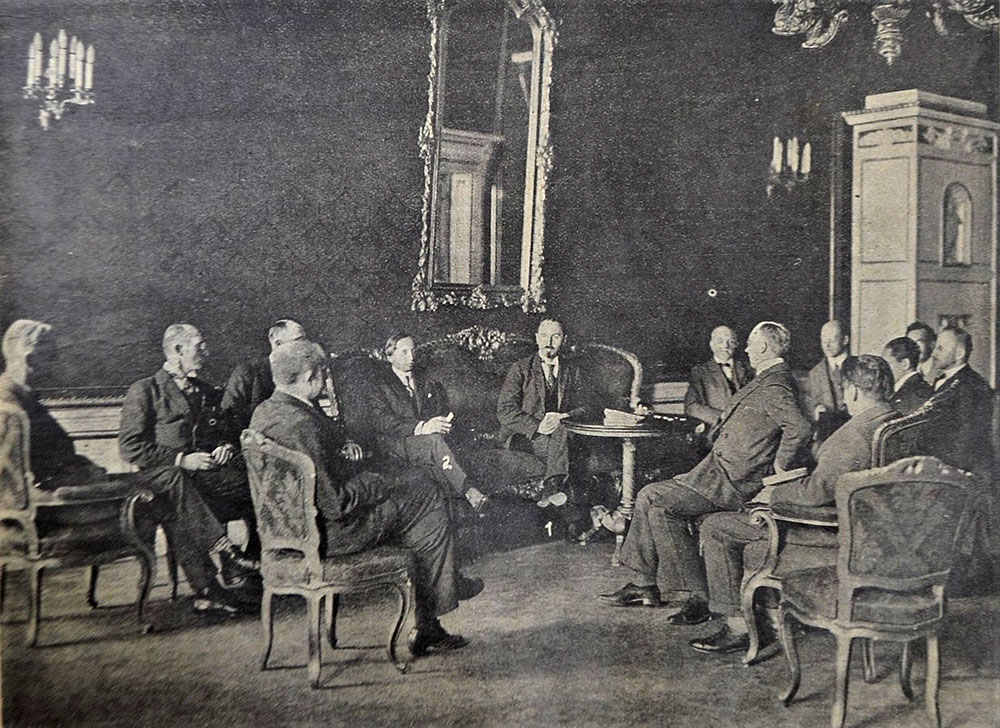
Sokolnikov somehow managed to convince the Bolsheviks to abandon the concept of a cashless society, or perhaps they realised that revolutionary ideals were a utopia for the rabble rather than the elite. Sokolnikov carried out a bold and very effective reform of money. He introduced a new rouble for everyday use in the country and another based on bullion parity for debt repayment and foreign trade.
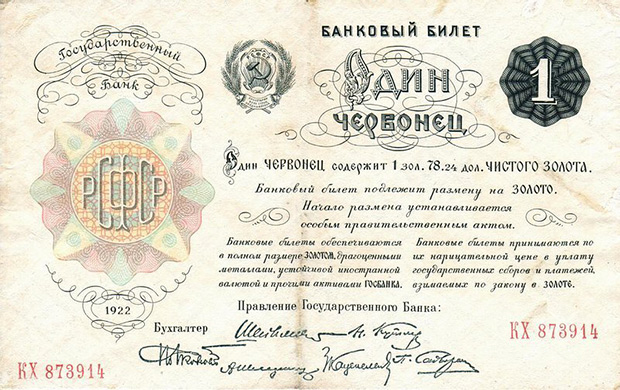
However, revolution eats its own children - Sokolnikov, in stabilising the Bolshevik economy, rebuilding confidence in the rouble, providing the opportunity for planned investment and thus becoming the builder of a new system of terror, underestimated the ruthlessness and greed of the new revolutionary government. Stalin undermined the principle of controlling the issue of money - he simply needed huge funds to industrialise the country. A surplus of roubles quickly appeared on the market and further destabilised public finances. To make matters worse, Sokolnikov himself criticised him for such a decision, for which he was arrested in 1937 on charges of Trotskyism and working for British intelligence. According to the investigation, Sokolnikov had been involved in sabotage and terrorist activities, as well as preparing the assassination of top government officials. He confessed to everything and was sentenced to 10 years in prison. 2 years later, the NKVD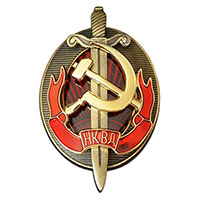 People's Commissariat of Internal Affairs of the USSR (NKVD, russian: Наро́дный комиссариа́т вну́тренних дел) – a central state organ existing under this name in the years 1917–1946. He became a symbol of all crimes committed by the Soviets in the public consciousness. (and officially - the prisoners) executed him in Tobolsk PrisonOne of the world's most horrific prisons was located in Tobolsk, Siberia. Some of Russia's most prominent dissidents were sent here, including Fyodor Dostoevsky, Tsar Nicholas II and victims of Stalin's "purge.".
People's Commissariat of Internal Affairs of the USSR (NKVD, russian: Наро́дный комиссариа́т вну́тренних дел) – a central state organ existing under this name in the years 1917–1946. He became a symbol of all crimes committed by the Soviets in the public consciousness. (and officially - the prisoners) executed him in Tobolsk PrisonOne of the world's most horrific prisons was located in Tobolsk, Siberia. Some of Russia's most prominent dissidents were sent here, including Fyodor Dostoevsky, Tsar Nicholas II and victims of Stalin's "purge.".
https://www.rp.pl/historia/art10146631-sowznaki-i-czerwonce-jak-zsrr-pograzyl-rubla
https://pl.wikipedia.org/wiki/Grigorij_Sokolnikow
https://en.wikipedia.org/wiki/Grigory_Sokolnikov